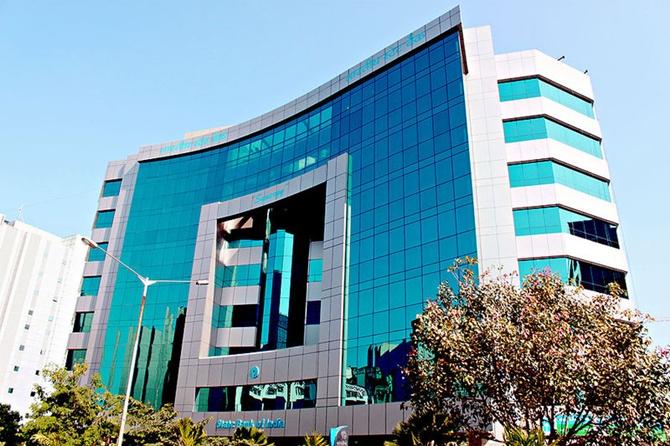
The inefficient public sector with higher costs offers a lobbying cover for the entire sector, which confers even greater benefits on the private sector, says Debashis Basu.
Public-private partnerships, or PPPs, have not succeeded much in India because they often start with the unstated objective of super-profits for the private party and losses for the public sector body.
Something similar occupies the heart of Indian banking, even though there is no formal PPP in banking.
It works insidiously, often through the Indian Banks’ Association, but the idea is the same - losses but no accountability for the “public” organisation, and super-profits for private bodies. Just piece together the following facts and it will be clear what I mean.
Bad loans in Indian banking have reached huge proportions - again. The public knows of cases like Kingfisher Airlines, but there are numerous other instances of bad loans – each runs into hundreds of crores – that collectively make up Rs 2 lakh crore to be written off and another Rs 4 lakh crore to be restructured.
Public sector banks account for almost 90 per cent of the losses. Last week in Moneylife we wrote about the huge losses in a listed company, Tulip Telecom, where the largest exposure is of Bank of India.
...
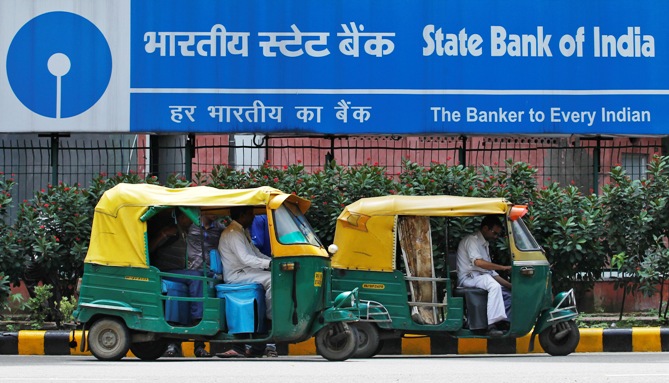
Some cases are simply scandalous, such as that of Winsome Diamonds and its associate Forever Precious Jewellery, with bad loans of Rs 3,800 crore (Rs 38 billion) and Rs 1,800 crore (Rs 18 billion), respectively.
The promoter is apparently absconding, and audit has now turned up fake exports. There were foreign lenders for the “exports”, who, under the PPP banking model, encashed their letter of credit given by Indian banks. Once again, public sector losses ended up as private gains.
On January 5, the new chairman of the public sector behemoth State Bank of India (SBI), Arundhati Bhattacharya, brazenly told PTI: “I do not see improvement in asset quality before three quarters … I don’t think you can see a turnaround that fast.” It is hideous that Ms Bhattacharya can liken sensible banking to “fast turnaround” without a hint of embarrassment about the egregious bad loans that will remain a millstone around SBI’s neck quarter after quarter.
Hopefully, not lending to entities such as Kingfisher is presumably part of the slow turnaround. SBI’s reported net profit (to the extent it can be relied upon) for the September quarter fell by 35 per cent. This was the lowest level in the last five quarters.
....
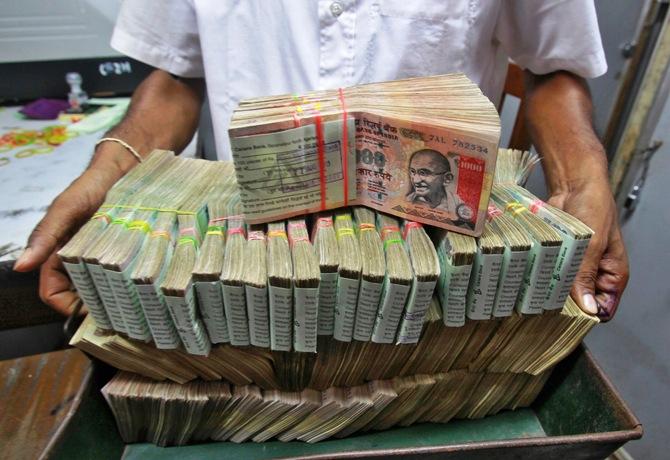
The bank’s bad loans amount to more than five per cent of its total lending - the highest in the last 32 quarters. The stock is down 58 per cent from its peak of November 2010. Is anyone answerable? No.
How about the results of SBI’s private sector partners in the PPP model, say, HDFC Bank, for the December quarter? Its net profit shot up 25 per cent, and its stock is up 25 per cent from the high of November 2010.
Set against this backdrop, how does it sound if public sector bankers aggressively push the Reserve Bank of India (RBI) to make you pay even if you dare to look at an automated teller machine (ATM)? I am joking of course, but if India’s top banker Arundhati Bhattacharya has her way, you may have to pay more and more for using banking services.
“The loss from ATMs is very concerning. I would like to roll out many more ATMs. I am ready to do that, but I need to explain also how I am going to sustain this… I cannot afford to lose month after month,” she says.
...
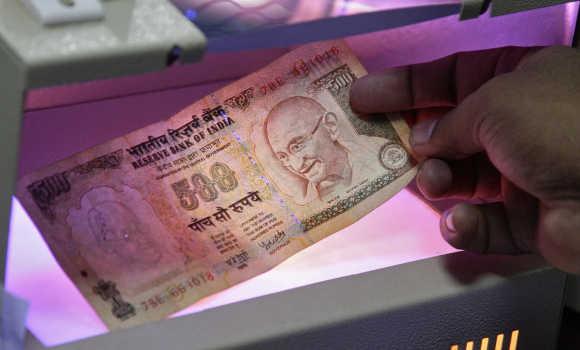
This raises three questions. One, what is the level of losses as a percentage of bad loans written off? Two, is this move designed to help SBI and other public sector banks to extract themselves from the quagmire of bad loans, without the bankers having to pay for their malpractices?
Three, will the consequence of Ms Bhattacharya’s push mainly lead to higher charges for retail customers and more profits for the main private sector partners in the PPP model such as HDFC Bank? The higher charges send money straight to their bottom line.
Have you ever thought why the involvement of large private sector banks, such as HDFC Bank, is negligible in cases of glaring bad loans such as Kingfisher and Winsome and why it is invariably the public sector banks that carry the can?
Have you ever thought why this pitch to pick the retail customer’s pocket for using ATMs is coming from the public sector partner and not the private sector one? That’s how PPPs function.
...
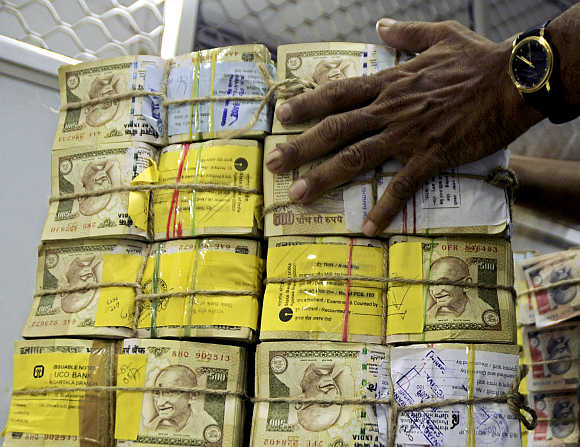
The inefficient public sector with higher costs and cries of selective losses offers a lobbying cover for the entire sector, which confers even greater benefits on the private sector.
This is a classic example of a failed model of governance that works only for the powerful who are able to extract something from the model.
Businessmen get away with default; collusive and irresponsible bankers retire with fat pension and directorships; RBI officials, banking secretary (a position with no contribution and accountability) and finance ministers walk around without any sense of guilt; and private bankers make more and more money from the inefficiencies and corruption in public sector banks. Who pays for such extraction?
Retail customers, in the form of higher charges; shareholders, in the form of opportunity loss or actual loss; and taxpayers, when public sector behemoths get periodic large capital injections through the Budget. Hail the PPP model of banking, which nobody has an interest in dismantling!
The writer is the editor of moneylife.in